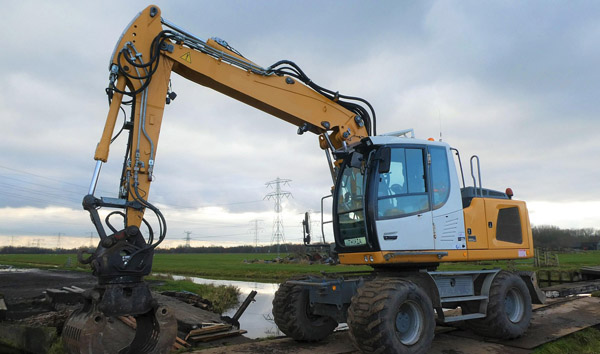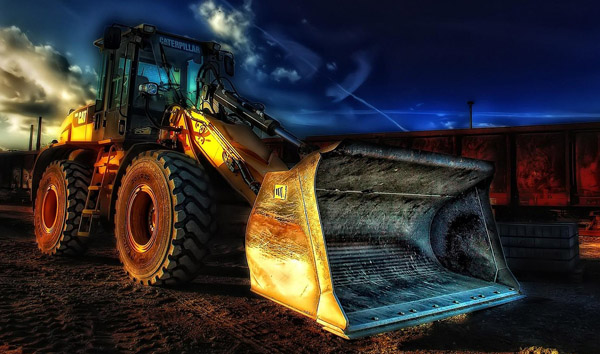The Future of Low-Emission Construction Loaders: Efficiency Meets Sustainability
2025-07-05 03:25:27
The shift toward low-emission construction loaders is reshaping the heavy equipment sector. With global emissions standards becoming stricter, manufacturers are investing heavily in hybrid and electric models that deliver comparable power to traditional diesel loaders while significantly cutting greenhouse gas emissions. According to a 2023 industry report, the market for low-emission construction loaders is projected to grow by 12% annually over the next five years, driven by both regulatory pressures and corporate sustainability goals.
One of the most notable innovations in low-emission construction loaders is the integration of lithium-ion battery technology. These advanced power systems not only reduce emissions but also lower operational costs by minimizing fuel consumption and maintenance needs. For example, Volvo’s latest electric loader model has demonstrated a 40% reduction in energy costs compared to diesel equivalents, making it an attractive option for cost-conscious contractors. Additionally, noise pollution is drastically reduced, allowing for extended work hours in urban environments where noise restrictions apply.
Beyond electrification, alternative fuel solutions such as hydrogen-powered low-emission construction loaders are gaining traction. Companies like JCB and Komatsu have unveiled prototypes that use hydrogen combustion engines, offering zero-emission operation without compromising performance. These developments align with global initiatives to decarbonize construction, particularly in Europe and North America, where governments are incentivizing the adoption of cleaner machinery through tax breaks and subsidies.
Operational efficiency remains a critical factor in the adoption of low-emission construction loaders. Telematics and AI-driven optimization tools are now standard in many models, allowing operators to monitor energy usage in real time and adjust workflows for maximum efficiency. Case studies from major construction firms show that these smart systems can improve uptime by up to 15%, further justifying the transition to low-emission alternatives.
In conclusion, low-emission construction loaders represent a pivotal advancement in sustainable construction practices. As technology continues to evolve, these machines will play an increasingly vital role in meeting environmental targets while maintaining the productivity demands of modern job sites. Industry leaders predict that by 2030, over 50% of new construction loaders sold will be low-emission models, marking a definitive shift toward greener, smarter construction equipment.














